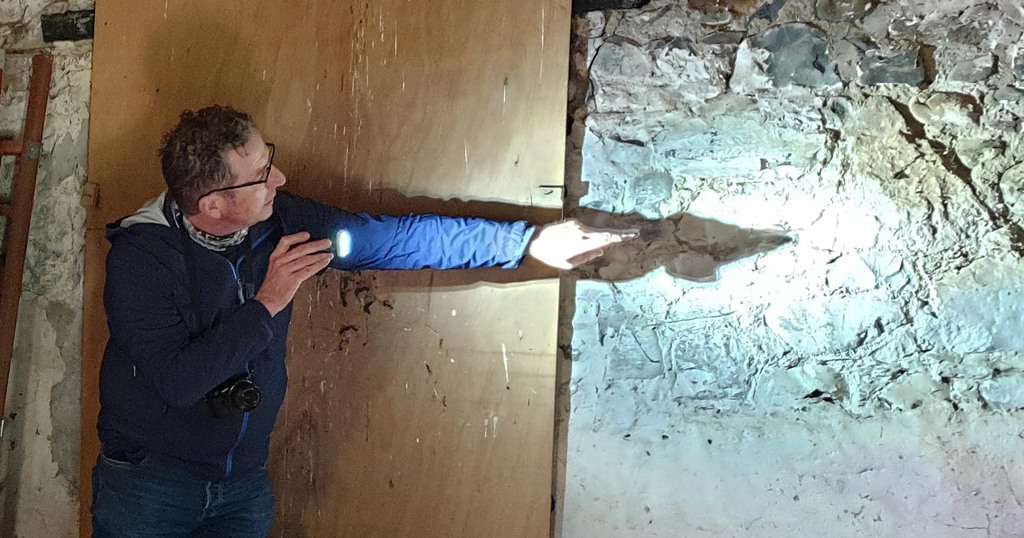The hidden history of the riverside farmhouse near Dumfries that Robert Burns designed for his family, Ellisland Farm, is set to be revealed thanks to the first ever detailed heritage survey of the site.
The survey will provide a detailed understanding of the buildings and their history; will identify urgent repairs and will recommend an in-depth conservation plan. The work will also include analysis of the first-ever environmental readings undertaken at the site, as well as new research to piece together the museum history of Ellisland.
Dr David Hopes, Vice-Chair of the Robert Burns Ellisland Trust, said the survey is a landmark moment in revealing the full history of the buildings and an important step in protecting it for the future:
“This unique survey of the buildings will allow us to understand the story of Ellisland like never before. It will involve getting under the skin of the history of the buildings – quite literally – by analysing layers of paint, tracing alterations to the shape of walls, roofs, windows and doors, and gathering as much archival evidence as we can. Ultimately, we will have a robust material narrative which allows us then to prioritise our resources in caring for Ellisland, and to shed new light on an extraordinary period of Burns’ life.”
The survey is being carried out by Dr William Napier, of Adams Napier Partnership, a conservation accredited charted building surveyor and architectural historian, he commented:
“It is a privilege to have been appointed to help understand how best to care for Ellisland Farm. I am looking forward understanding its development from the 18th century, and reporting on its current condition and, most importantly, on how the buildings should be maintained and repaired appropriately in the future.
“Although generally in a reasonable condition, many areas are being adversely affected by the previous use of modern and inappropriate materials which are not suited in the repair of traditional masonry buildings. One of the main challenges will be reversing some of these interventions and re-adopting traditional materials and techniques for future maintenance and repair work.
“Our understanding of the property will benefit enormously from anyone willing to share photographs of Ellisland Farm or recollections from previous visits there. Also of interest is old photographs of traditional contemporary Dumfriesshire farm buildings or information relating to late 18th century farming practices from around the time Burns farmed at Ellisland.”
The specialist survey has been commissioned with the support of Historic Environment Scotland.
Ellisland is one of many small, independent museums and attractions closed by Covid-19 restrictions. It has now reopened for volunteer-led guided tours, and additional tourism activities and events are being developed for later in the year.
Dr David Hopes added:
“Revealing the full story of Ellisland Farm and understanding Robert Burns’ time here is critically important to conserve the site for the future, and unlock its full tourism and heritage potential. Ellisland Farm was hugely important as a place of inspiration for Burns, in particular as a site of environmental importance where we can see the natural world through the poet’s eyes.
“Ellisland’s significance to Scotland and to Dumfriesshire can’t be overstated, and as a Trust we look forward to revealing its authentic story and making Burns’ time here accessible and inspirational for generations to come.”
People who wish to share memories or historic photos should email info@ellislandfarm.co.uk .





